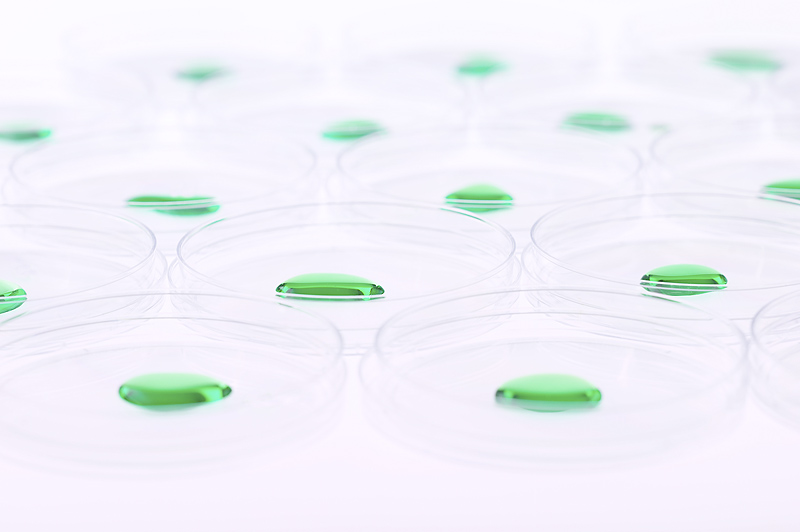
THURSDAY, June 21 (HealthDay News) — A rare type of deadly bacteria was found in two patients in a Rhode Island hospital in 2011, but swift treatment and infection control measures stopped any further spread, a new government report shows.
The bacterium — called New Delhi metallo-beta-lactamase (NDM)-producing Klebsiella pneumoniae — is highly resistant to antibiotics and easily spread. It is rare in the United States, but more common in areas including India, Pakistan, Cambodia and other Asian countries.
“These people had the bacteria in their body, but fortunately it was not causing an infection anywhere,” said lead researcher Dr. Leonard Mermel, medical director of the department of epidemiology and infection control at Rhode Island Hospital, in Providence.
The bacteria were isolated in one patient’s urine sample and in another patient’s fecal sample, but nowhere else in their body.
Infections with this strain of bacteria, however, can be deadly and there are few treatment options, Mermel said.
Where the bacteria is endemic, its growth is spurred on by several conditions, he said.
“In many parts of the developing world, you can just walk into a pharmacy and get antibiotics without a prescription, so there is widespread antibiotic use,” Mermel said.
This ease of getting antibiotics coupled with poor sanitation promotes bacteria growth and creates a “perfect storm” for the development of resistant strains of bacteria, he said.
The report was published in this week’s issue of Morbidity and Mortality Weekly Report, a publication of the U.S. Centers for Disease Control and Prevention.
The first patient was hospitalized in Rhode Island, after being hospitalized in her native Cambodia and treated with antibiotics. In the U.S. hospital, infection was discovered and she received a wide range of antibiotics. However, only partial infection control measures were taken. Eventually, the infection spread to another patient in the same ward.
At that time, stronger infection control measures were taken and no other patients were infected.
Dr. Marc Siegel, an infectious disease expert and associate professor of medicine at NYU Langone Medical Center in New York City, said that “this is not an epidemic, but it is eyebrow-raising. This bacteria is very problematic and highly resistant to antibiotics.”
So far, this hasn’t become epidemic, he said. “These are isolated cases,” he said. “This is another resistant bacteria — an ultra-resistant bacteria.”
Siegel doesn’t expect to see this bacteria become common in the United States.
“I don’t think it’s going to take hold here,” he said. “I am concerned more about the importing of this bacteria. We are going to be seeing more cases.”
The goal is to control the bacteria with infection precautions, including patient isolation, Siegel said.
This case drives home several points, he noted. “We need better sanitation in hospitals. We need to be vigilant in searching for these types of bacteria. We really could use more antibiotics. There have been almost no new antibiotics in the past decade.”
It’s the tip of the iceberg, Siegel said. “The iceberg is the developing of resistant bacteria, but this bacteria is not likely to spread in the near future, but it is of concern.”
The overuse of antibiotics adds to the creation of these resistant strains, he added.
More information
For more on drug-resistant bacteria, visit the U.S. Centers for Disease Control and Prevention.

